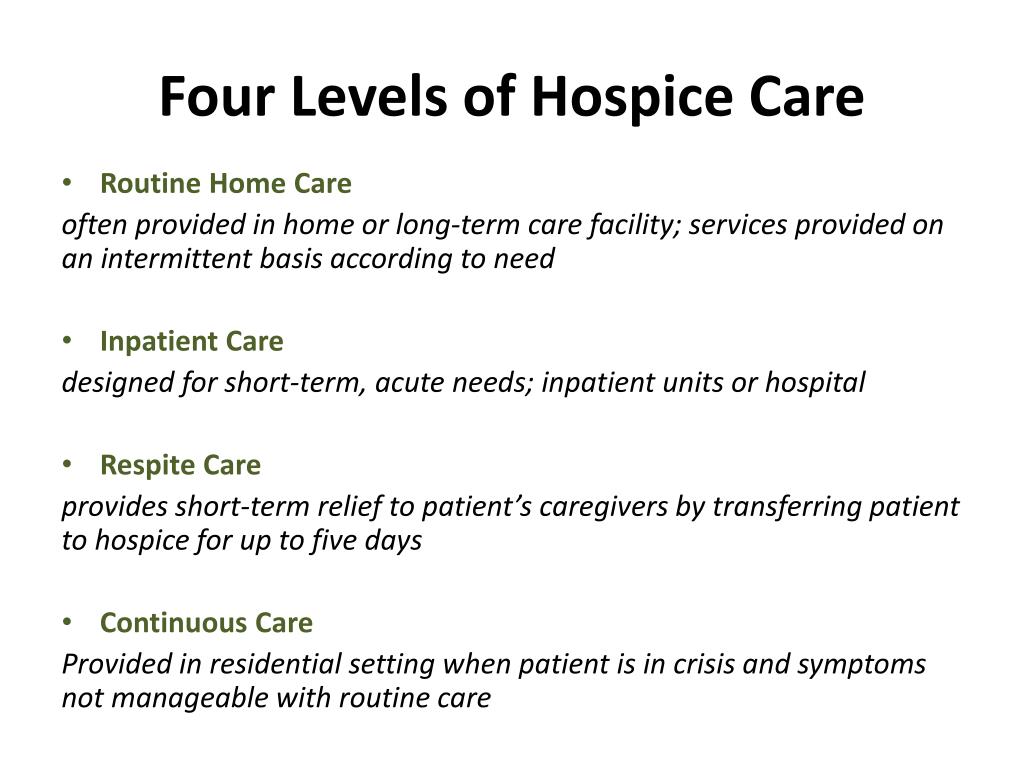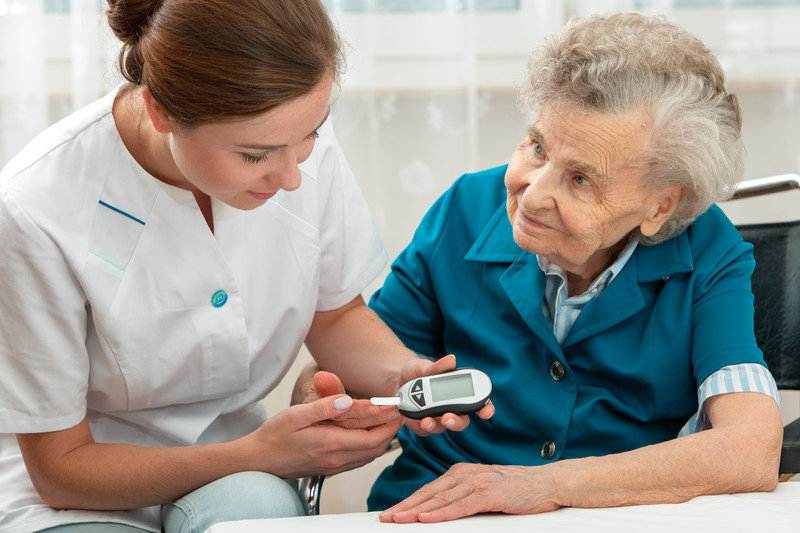
No matter their profession, caregivers of the elderly can feel stress both physically and psychologically due to their caregiving responsibilities. Caregivers have responsibilities that include caring for an elderly person's health, helping with IADL (instrumental activities of daily living), making meals, grooming and transferring patients to their beds. In addition to financial issues, caregivers also face difficulties managing their responsibilities regarding work and friends. As an older person becomes more dependent and aging, the burden of caring for them increases.
Traditionally, children are the primary caregivers for an elderly person. With the aging population, however, there is less availability for family caregivers. Senior citizens are often left without the basic necessities for prolonged periods of time. They often seek the help of family and friends, and also seek professional help, to help them maintain their health. It is important that caregivers take care of themselves as well.
The burden of caregiving increases with age, the dependency of an elderly person, and the degree of closeness of the caregiver to the elderly person. It is possible to reduce caregiver burden by using respite and enlisting support from family and friends. You can also reduce caregiver burden with health technologies.

The caregiver's burden rises with the onset or inability of receiving professional support. It also increases with the number of hours the caregiver spends caring for the elderly person. A caregiver also reported experiencing emotional distress and depression. In addition, they reported physical stress and pain. They reported sleeping difficulties and problems managing their responsibilities with friends, family, and elderly people.
Unver et al. conducted a study in Turkey to examine the sociodemographic characteristics and caretakers of the elderly. They found that most caregivers were female children or spouses, with nearly all of them being daughters of the elderly person. They found that elderly caregivers had psychological and physical issues, including sleeplessness, anxiety, and depression.
Other studies have also looked at the mental health needs of family caregivers of the elderly. Krevers & Oberg reported that caregivers of the elderly had mental health problems, including depression, stress, and overall psychological strain. The original study was small so details regarding their health requirements were not available.
Krevers & Oberg also studied the mental health of caregivers for stroke victims. The study included 89 caregivers with at least six month experience caring for elderly people. It was done in the Famagusta Region of the TRNC. The study used questionnaires for data collection. It also used the Zarit Burden Interview (ZBI) to gather data on the burden of caregiving.

Study participants were not allowed to visit caregivers at home when they were home for home visits. IBM SPSS Statistics version 2.0 was used to analyze data. It also included descriptive and statistical tests and the Kruskal Wallis test. The results revealed that caregivers were subject to a moderate-severe burden. People with chronic renal failure or rheumatic disease had higher burdens.
FAQ
What about the role of the private sector?
Healthcare delivery is a critical task for the private sector. It provides equipment that is used in hospitals, for example.
It also covers some hospital staff. It makes sense that they should be involved in the management of the system.
However, they have limitations.
The government provides free services that private providers can't always match.
They should not try to run the whole thing. This could be a sign that the system is not providing value for money.
What are the three levels in health care facilities
The first level is general practice clinics which provide basic medical services for patients who do not require hospital admission. They may also refer patients if needed to other providers. This could include general practitioners and nurse practitioners as well as midwives.
The second level of care is primary care centers, which provide outpatient services that include emergency care. These include hospitals.
The third level of care is secondary care centres, which offer specialty services such as eye surgery, orthopaedic surgery, and neurosurgery.
What are the various health care services available?
Patients must know that they have easy access to quality healthcare. We are here to help, no matter if you need an emergency appointment or a routine visit.
There are many options for appointments. These include walk-in clinics and same-day surgery. We also offer emergency department visits and outpatient procedures. For those who live outside of our clinic, we also offer home care visits. You don't have to come into our office if you don’t feel at ease. We'll make sure that you receive prompt care at the local hospital.
Our team is made up of nurses, doctors and pharmacists as well dentists. We are committed to providing outstanding patient service. We strive to make every visit as simple and painless for our patients.
What are the most critical issues that public health faces today?
Many people are affected by obesity, diabetes and heart disease. These conditions cause more deaths yearly than AIDS, car crashes, and murders combined. High blood pressure, strokes, asthma and arthritis are all caused by poor nutrition, exercise and smoking.
What does "health promotion” actually mean?
Health promotion refers to helping people stay healthy and live longer. This promotes health rather than treating existing diseases.
It includes activities like:
-
Healthy eating
-
Get enough sleep
-
exercising regularly
-
Staying active is key to staying fit
-
not smoking
-
managing stress
-
keeping up with vaccinations
-
How to avoid alcohol abuse
-
Regular screenings and checkups
-
How to manage chronic illness.
Statistics
- For instance, Chinese hospital charges tend toward 50% for drugs, another major percentage for equipment, and a small percentage for healthcare professional fees. (en.wikipedia.org)
- Over the first twenty-five years of this transformation, government contributions to healthcare expenditures have dropped from 36% to 15%, with the burden of managing this decrease falling largely on patients. (en.wikipedia.org)
- For the most part, that's true—over 80 percent of patients are over the age of 65. (rasmussen.edu)
- Price Increases, Aging Push Sector To 20 Percent Of Economy". (en.wikipedia.org)
- The healthcare sector is one of the largest and most complex in the U.S. economy, accounting for 18% of gross domestic product (GDP) in 2020.1 (investopedia.com)
External Links
How To
What are the key segments of the healthcare industry?
The major segments of the healthcare sector include diagnostics, pharmaceuticals, diagnostics and biotechnology, as well as therapeutics, health IT, medical equipment and medical devices.
Blood pressure monitors, defibrillators and stethoscopes are all medical devices. These products are typically used to diagnose, prevent, and treat diseases.
Pharmaceuticals can be used to treat symptoms or cure diseases. Examples include antibiotics, antacids, antihistamines, contraceptives, etc.
Diagnostics can be performed by laboratories to detect illness, injury, or other conditions. Some examples include blood tests and urine samples.
Biotechnology refers essentially to the use of living organisms (such bacterium) to create useful substances which can be used by humans. There are many examples, including vaccines, insulin, or enzymes.
Therapeutics are the treatment of diseases and symptoms that is administered to people to relieve them. They can involve drugs, radiation therapy or surgical interventions.
Information technology for health is a category of computer software that helps physicians and their teams manage patient records. It helps doctors and their teams track which medications are being used, when they should have been taken, and if they work properly.
Medical equipment refers to any device used for diagnosing, treating, or monitoring illnesses. Examples include dialysis machines, pacemakers, ventilators, operating tables, etc.